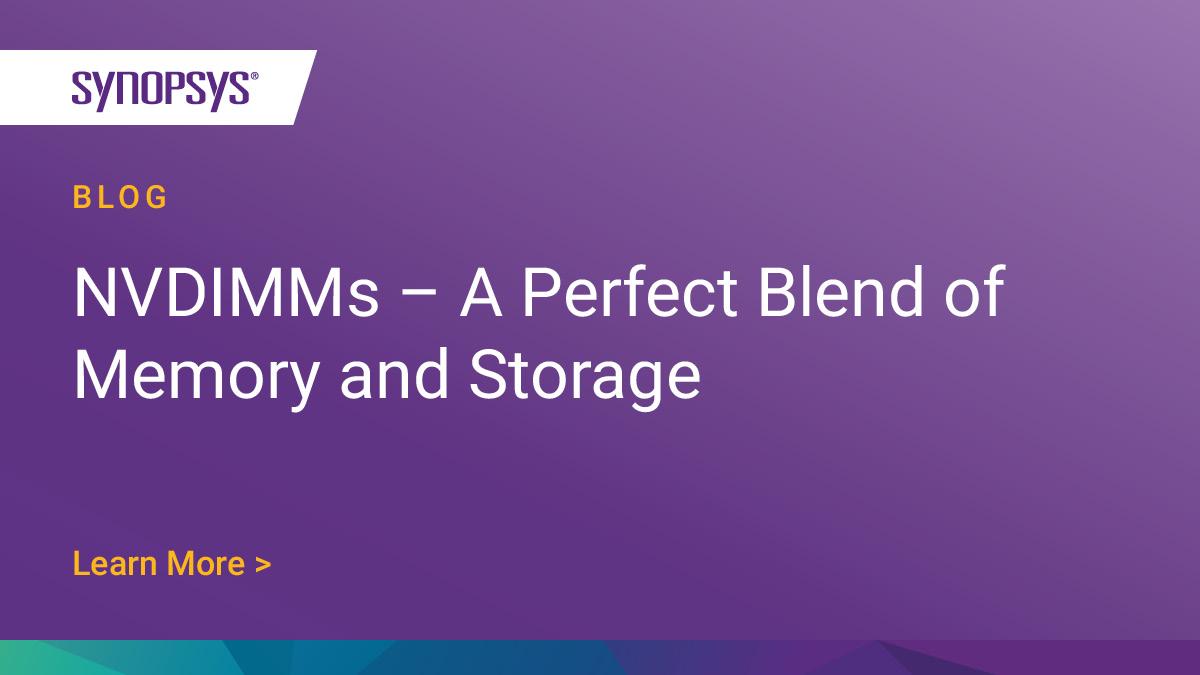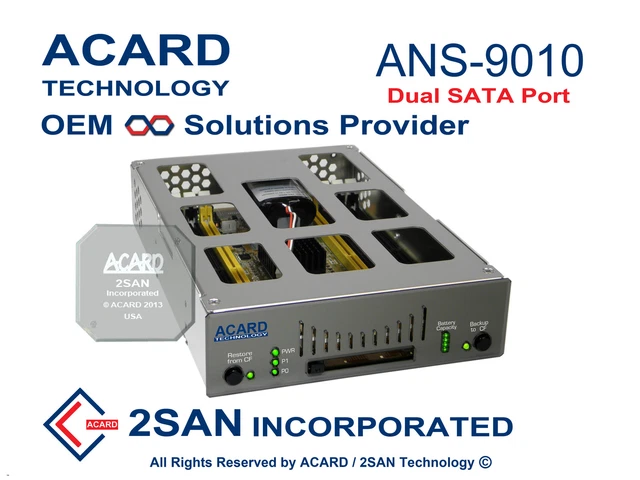Originally posted by coder
View Post
Originally posted by coder
View Post
I really should have pulled you up better on this. The reality this is not true. The original NVDIMM are a hybrid of dram and flash where all operations happened in ram first. Yes NVMe SSD that are a hybrid of ram and flash do exist with the same layout. These are devices that can give you absolute max io and are basically your old school ramdrives.
NVDIMM-N is horrible that its been used twice. Yes ramdrive NVMe SSD this most likely will be superseded by CXL but you have to remember when Vulkan first started CXL did not exist yet but ramdrive device are around.
Originally posted by coder
View Post
Base band management engines are a different problem to a GPU.
Originally posted by coder
View Post
vramless is not cache less. GPU that cacheless is not going to work. Think about it you can have a GPU with 16G of vram to context switch out or only like 192Meg+ L3. Its possible we will end up with GPU with 1G of ram in GPU L3 cache. Yes these L3 caches on GPU will be larger than you min usable integrated GPU memory allocation from host.
Yes the reason why vram is problem for virtual machines is one of the reasons why using the Intel ME(Management Engine) did not end up ideal as a BMC. Yes being in the same memory controller security faults in memory allowed attackers to move from CPU instance memory to ME memory leading to some fun security issues. Yes BMC having own decanted memory today is security mitigation. Yes it the same thing you remove vram from your GPU so that you don't need clearing all the vram every time virtual machine gets swapped.
If GPU were staying with only L1 and L2 caches going vram less was not really option. GPU getting L3 caches does change the ball game a lot. Yes if you are needing to add a L3 cache because the vram is already too slow to keep up with GPU what is using memory out of CXL that a little slower going to do to performance. There are workload where its going to make bugger all difference being vramless or having vram for virtual machine performance in the active running state because once the cache of the GPU is populated there is no major back and forth. Of course it will make a major difference when it comes suspend and restore of those virtual machines.
This is a case that more is not always better. Yes if I was talking about a cache less GPU that would be stupid. vramless GPU is not cache-less. Yes a vramless GPU could still end up having 4Gb of in card storage in L3.
High Bandwidth Memory that we have seen in GPU so far have been designed on the idea of stacking next to the GPU and connected in as vram. Yes AMD ram stacking that connects to L3 in their CPUs kind of says you don't have to connect in by the vram interface instead quite a bit can be connected to the cache. So what happens with a vramless GPU is the caches expand and vram disappears because the GPU cache is big enough for the lighter workloads and removing the vram removed the need to sync it out when change instances for security reasons. So it use items like CXL when the GPU cache is not big enough.





Comment